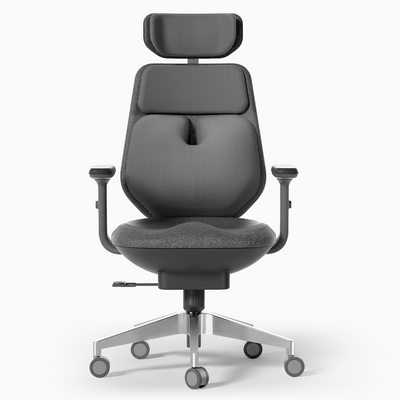
Types of Pilates: Which is Best For You?
The realm of Pilates, while immensely beneficial, can seem labyrinthine to many, given its myriad styles and adaptations. From its early inception by Joseph Pilates to its modern-day avatars, Pilates has evolved to cater to a broad spectrum of needs. Let's decode the various types of Pilates to guide you in finding your ideal fit.
1. Classical Pilates
Hewing close to Joseph Pilates' original method, this form is the foundation.
Key Features:
- Original Sequence: Emphasizes a specific order of exercises.
- Apparatus-based: Utilizes equipment like the Reformer, Cadillac, and Wunda Chair.
2. Contemporary Pilates
Modern adaptations and advancements infuse this Pilates variant.
Key Features:
- Evolved Techniques: Incorporates modern science and physiotherapy insights.
- Varied Equipment: Might include newer apparatuses not originally devised by Joseph Pilates.
3. Mat Pilates
Focused on ground exercises, this form primarily uses body weight.
Key Features:
- Minimal Equipment: Often, just a mat suffices, though small props like resistance bands might be used.
- Core-Centric: Targets the powerhouse muscles—abs, lower back, hips, and buttocks.
4. Reformer Pilates
Centered around the Reformer machine, this style is both dynamic and adaptable.
Key Features:
- Spring Resistance: The Reformer's springs provide adjustable resistance, catering to all levels.
- Full-Body Workout: Offers a comprehensive exercise suite, from legs to arms to core.
5. Stott Pilates
A contemporary approach, emphasizing natural spine curvature and pelvic placement.
Key Features:
- Updated Biomechanics: Incorporates modern understanding of body mechanics.
- Diverse Equipment: Utilizes a range of apparatuses, including some unique to the Stott methodology.
6. Fletcher Pilates
A blend of the classical method with added elements like percussive breathing.
Key Features:
- Signature Movements: Includes unique techniques like the Fletcher Towelwork® and Fletcher Floorwork®.
- Breath Focus: Emphasizes rhythmic breathing patterns.
7. Winsor Pilates
Popularized for its weight loss benefits, it's a dynamic spin on the classic form.
Key Features:
- Targeted Sequences: Often includes routines specifically designed for sculpting and toning.
- Highly Marketed: Known for its infomercials and celebrity endorsements.
8. Clinical Pilates
Designed with therapeutic intentions, it's tailored for injury recovery and prevention.
Key Features:
- Physiotherapist-Led: Often administered by trained physiotherapists.
- Customizable: The regimen is adjusted based on individual ailments and needs.
Conclusion
The expansive world of Pilates offers something for everyone, from rehabilitation to athletic training, from holistic well-being to targeted sculpting. By understanding the nuances of each type, one can make an informed choice, ensuring that their Pilates journey is both enjoyable and profoundly beneficial. Whatever your goal, there's a form of Pilates waiting to guide you towards it.
« Back to Pilates Blog







